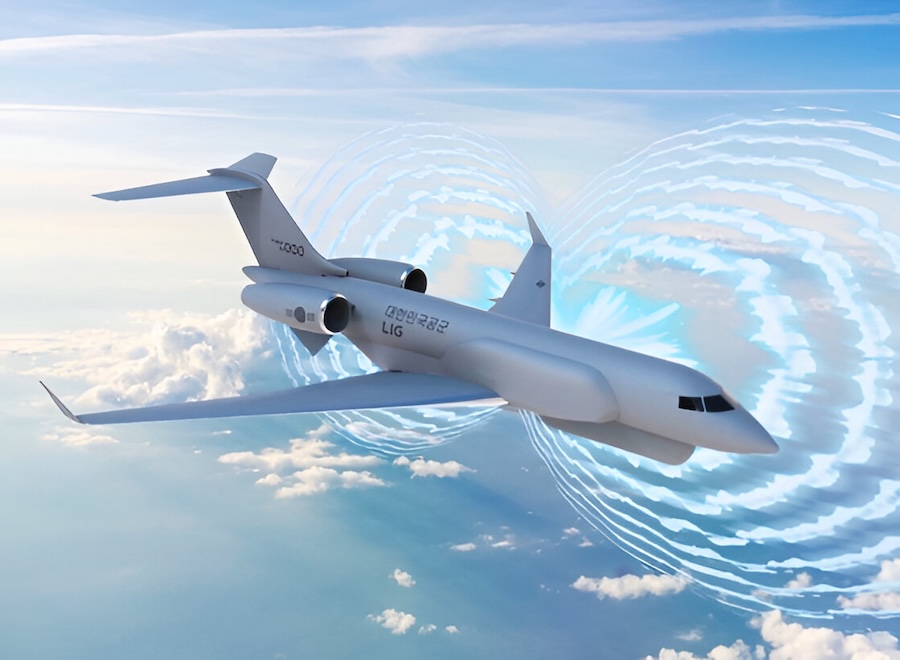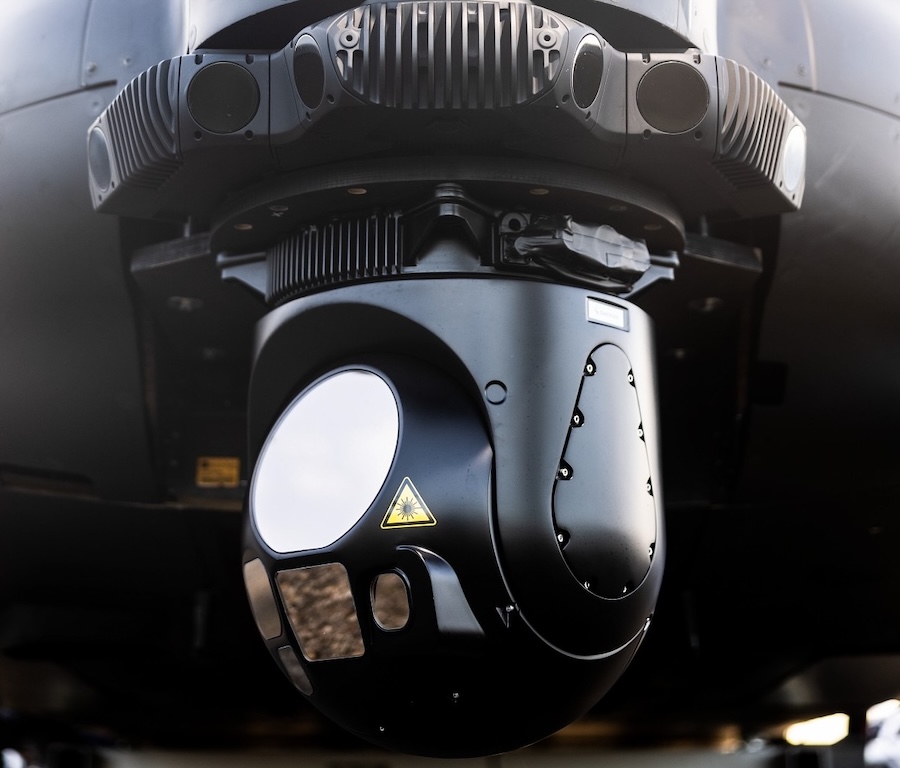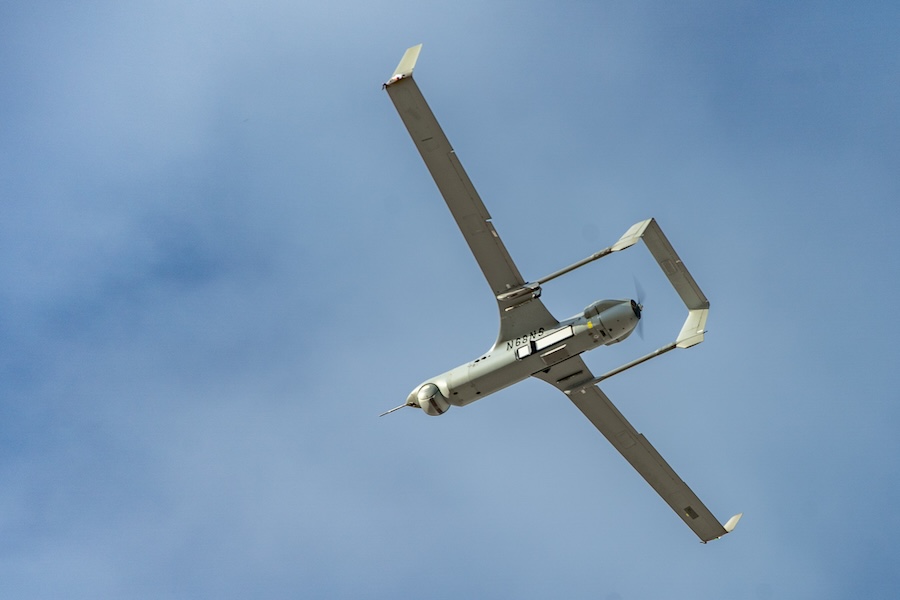The launcher consists of two groups of six transport-launch containers, along with smaller modules believed to house control and support equipment, all mounted on a pedestal. The configuration gives the impression of a relatively improvised installation but is intended to provide a cost-effective and efficient defence against loitering munitions and slow, low-flying drones. The destroyer is one of three in the USS Gerald R. Ford Carrier Strike Group, alongside USS Winston S. Churchill and USS Mitscher, with similar launchers already seen on Winston S. Churchill in June.
The move follows the Navy’s earlier announcement that destroyers escorting the Gerald R. Ford would be armed with Raytheon’s Coyote and/or Anduril’s Roadrunner-M interceptors. Both systems can defeat incoming drone threats at a fraction of the cost of traditional surface-to-air missiles, while offering the advantage of loitering near potential targets and being redirected in flight. In some cases, they can be recovered and reused if not expended.
The Coyote Block 2 interceptor, already in U.S. Army service as part of the Low, Slow, Unmanned Aircraft Integrated Defeat System (LIDS), costs around $100,000 per round. Roadrunner-M is priced in the low hundreds of thousands of dollars and can also be relaunched, compared to the SM-2 missile at roughly $2 million and the Evolved Sea Sparrow Missile at about $1.65 million. This approach reduces the burden on limited missile magazine capacity and avoids relying solely on close-in weapon systems such as the Phalanx Mk 15 CIWS, which carries higher risk.
Raytheon’s Coyote family includes loitering munitions for both ground/surface and aerial targets, with air-target variants acting as anti-drone effectors. Versions vary in size, wingspan, propulsion and payload, with some featuring electric motors and others turbojet engines reaching speeds of up to 600 km/h. Turbojet-powered versions can remain airborne for up to four minutes with a range of around 15 km. Sensors such as radars can be integrated for improved detection and interception capability.
Lessons from recent operations against Houthi drones in the Red Sea in 2024, which underscored the cost and logistical strain of using high-value missiles against small aerial threats, were a key factor in the Navy’s decision to deploy these systems. The addition of Coyote launchers marks the start of a broader effort to arm U.S. Navy ships with this new class of defensive weapon, potentially including other vessel types in the future.


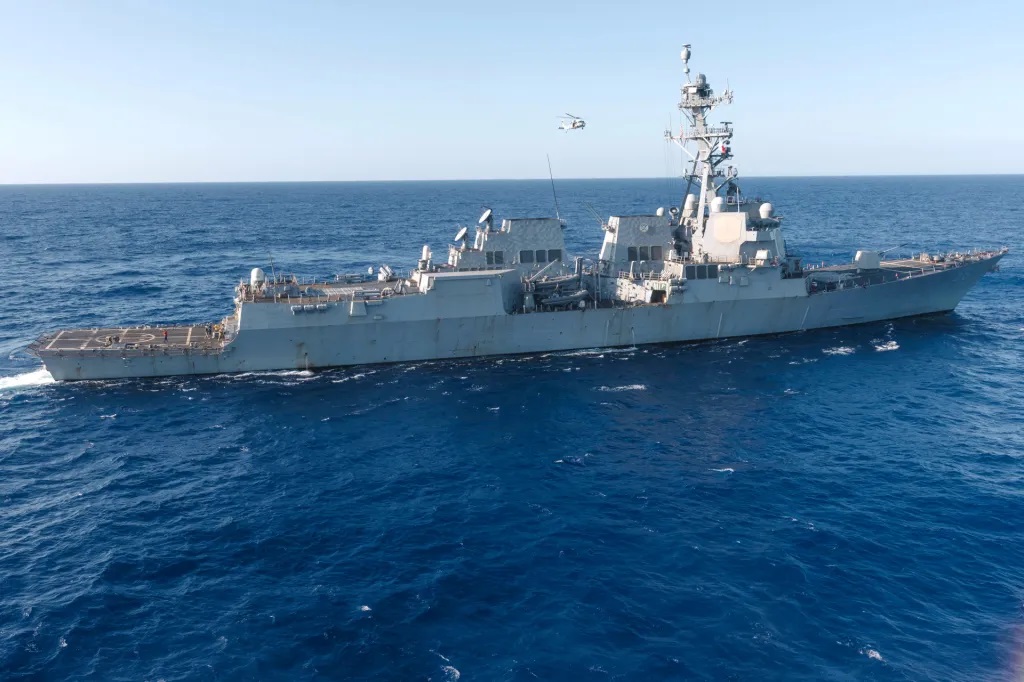

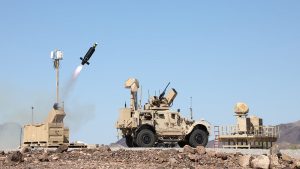
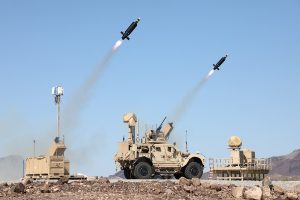
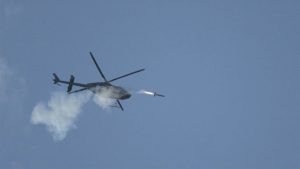



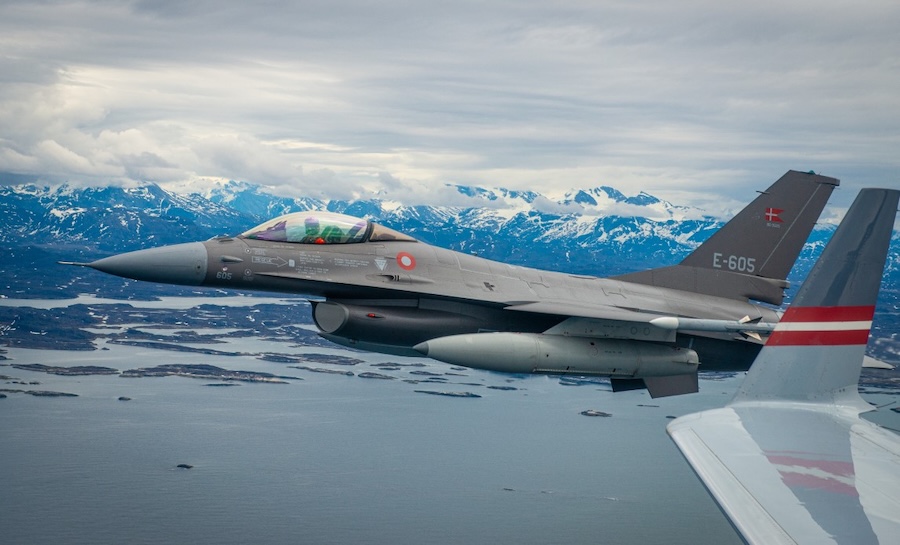

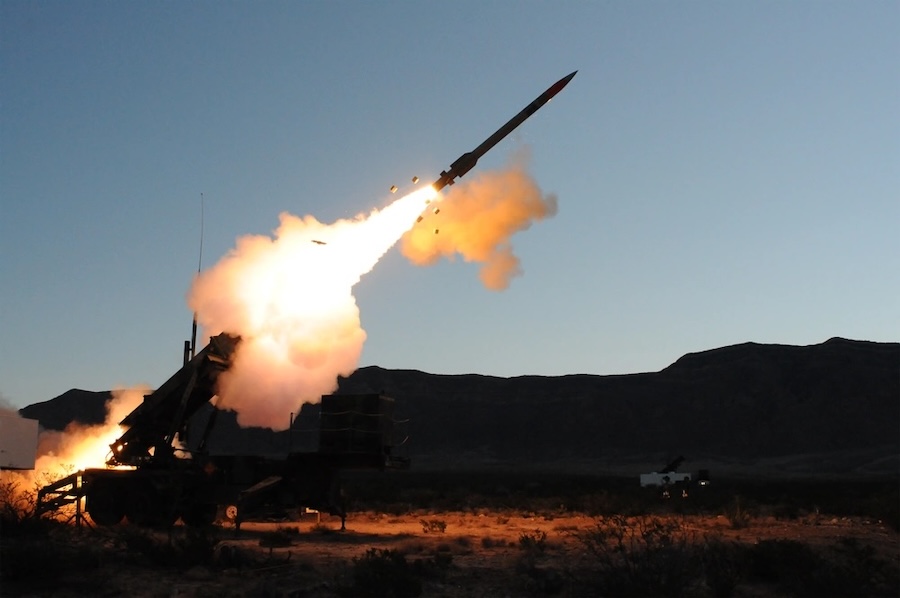
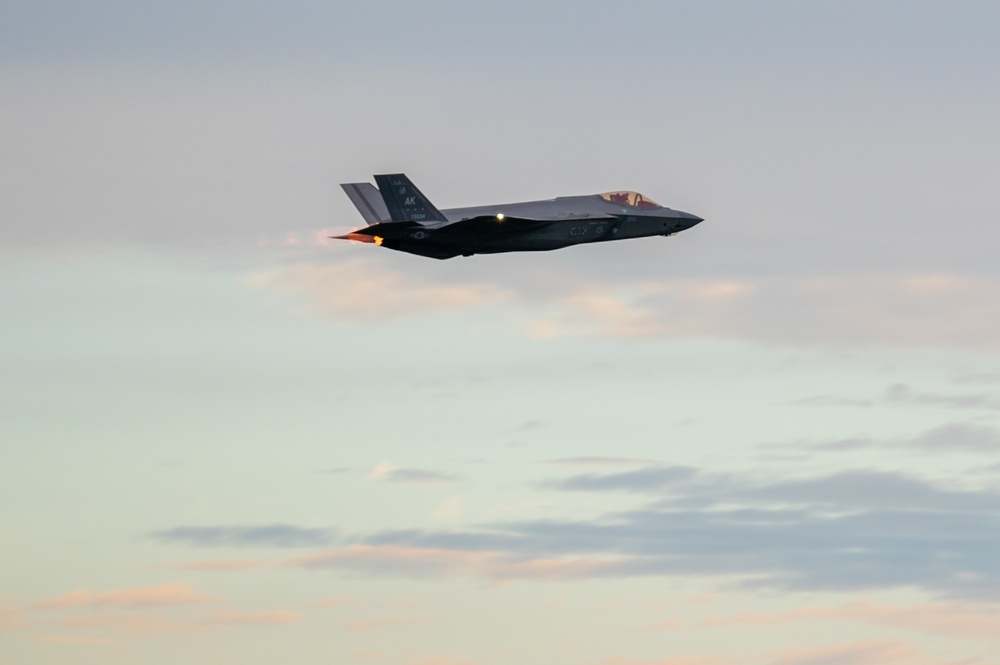

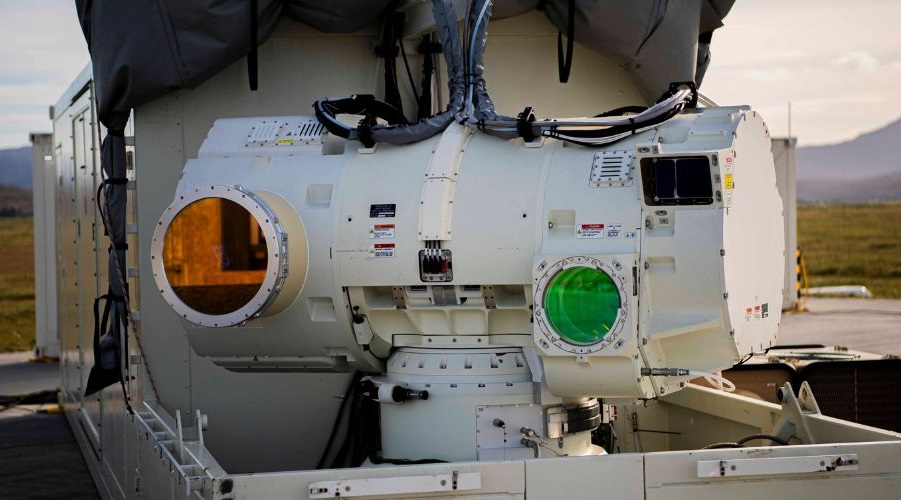


![SİPER 1 air defence system completes battery-level acceptance firing at Sinop Test Center [VIDEO]](https://defence-industry.eu/wp-content/uploads/2026/01/siper-1-air-defence-system-completes-battery-level-acceptance-firing-at-sinop-test-center-video.jpg)

